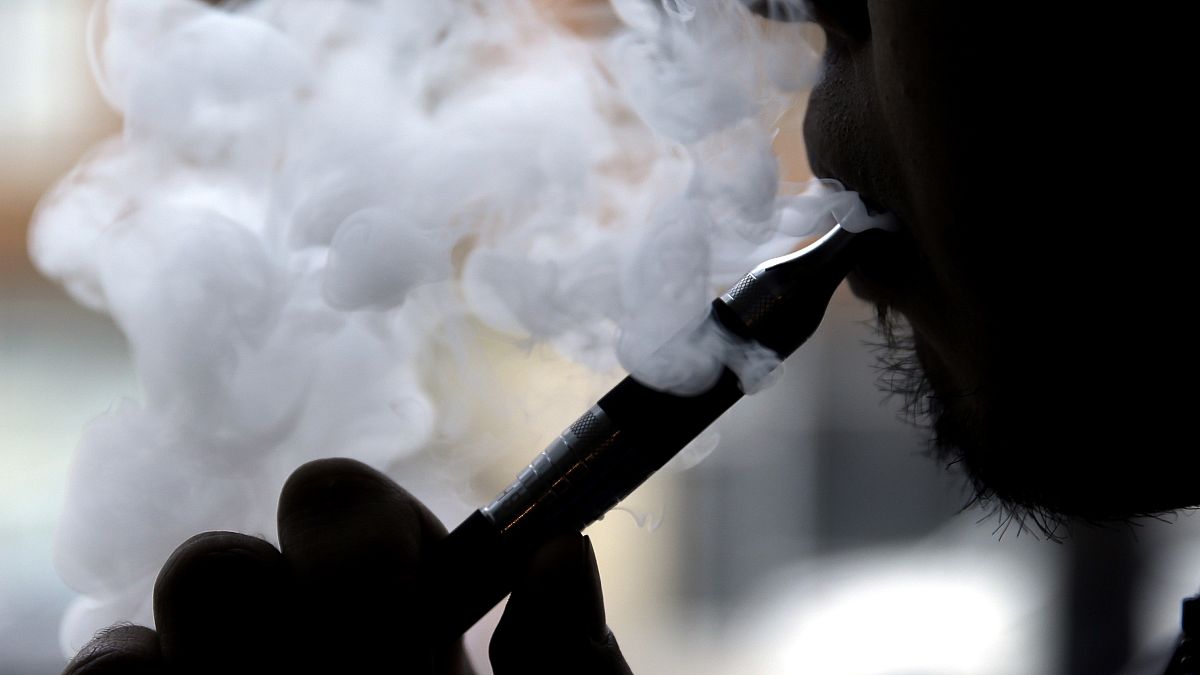The European Commission has recently recommended that member states extend smoking bans to outdoor areas, including for electronic cigarettes and nicotine-free products. This proposal, aimed at creating smoke- and aerosol-free environments, is part of a larger effort to reduce the risks posed by tobacco and aerosols. Health Commissioner Stella Kyriakides emphasized the importance of prevention in tackling the primary risk factors for diseases like cancer and heart, stroke, and lung diseases, with tobacco being at the top of the list. By reducing exposure to second-hand smoke and aerosols, the revised Recommendation is expected to have positive impacts on health, reducing morbidity and mortality associated with smoking tobacco and emerging products.
The Commission’s proposal seeks to clear public spaces of all aerosols, not just cigarette smoke, due to growing concerns over the health risks posed by new tobacco products such as vapes. This includes electronic cigarettes that may not contain nicotine but still contain flavors that can attract young people and children. The aim is to strengthen protection from exposure to second-hand smoke and to encourage current smokers to quit. The proposed guidelines extend smoking bans to various outdoor venues such as service establishments like restaurants, bars, cafes, public transport hubs, workplaces, hospitals, care homes, recreational areas, and educational premises.
The revised guidelines are part of the Commission’s larger Beating Cancer Plan, which aims to achieve a “tobacco-free generation” by 2040. The goal is to cut tobacco use by 30% by 2025 and reduce the share of the EU population smoking to just 5%. While the guidelines are not legally binding, they provide a framework for member states to follow as part of broader efforts to curb tobacco-related cancer. The Commission notes that the first few years of implementation of similar guidelines in 2009-2012 already led to a decrease in exposure to second-hand smoke.
The proposal to extend smoking bans to outdoor areas reflects a growing awareness of the health risks associated with tobacco and emerging products like electronic cigarettes. By creating smoke- and aerosol-free environments, the European Commission aims to reduce exposure to second-hand smoke, ultimately improving public health and reducing the incidence of diseases linked to tobacco consumption. Health Commissioner Stella Kyriakides emphasized the importance of prevention in addressing the primary risk factors for diseases like cancer, heart, stroke, and lung diseases, with tobacco being a significant contributor to these conditions.
The guidelines outlined in the proposal extend smoking bans to a range of outdoor and semi-outdoor areas, including service establishments, public transport hubs, workplaces, hospitals, care homes, recreational areas, and educational premises. By making these spaces smoke-free, the Commission aims to protect individuals from the harmful effects of second-hand smoke and aerosols. The ultimate goal is to create a healthier environment for all EU citizens, with a particular focus on reducing tobacco use among young people and encouraging current smokers to quit.
The European Commission’s recommendation to extend smoking bans to outdoor areas, including for electronic cigarettes and nicotine-free products, is part of a broader effort to achieve smoke- and aerosol-free environments. By broadening the scope of existing rules and introducing smoking bans in outdoor areas, the Commission aims to reduce exposure to second-hand smoke and aerosols, leading to positive impacts on public health. While the guidelines are not legally binding, they provide member states with a framework to follow as part of a larger strategy to combat tobacco-related cancer and reduce tobacco use among the EU population.











